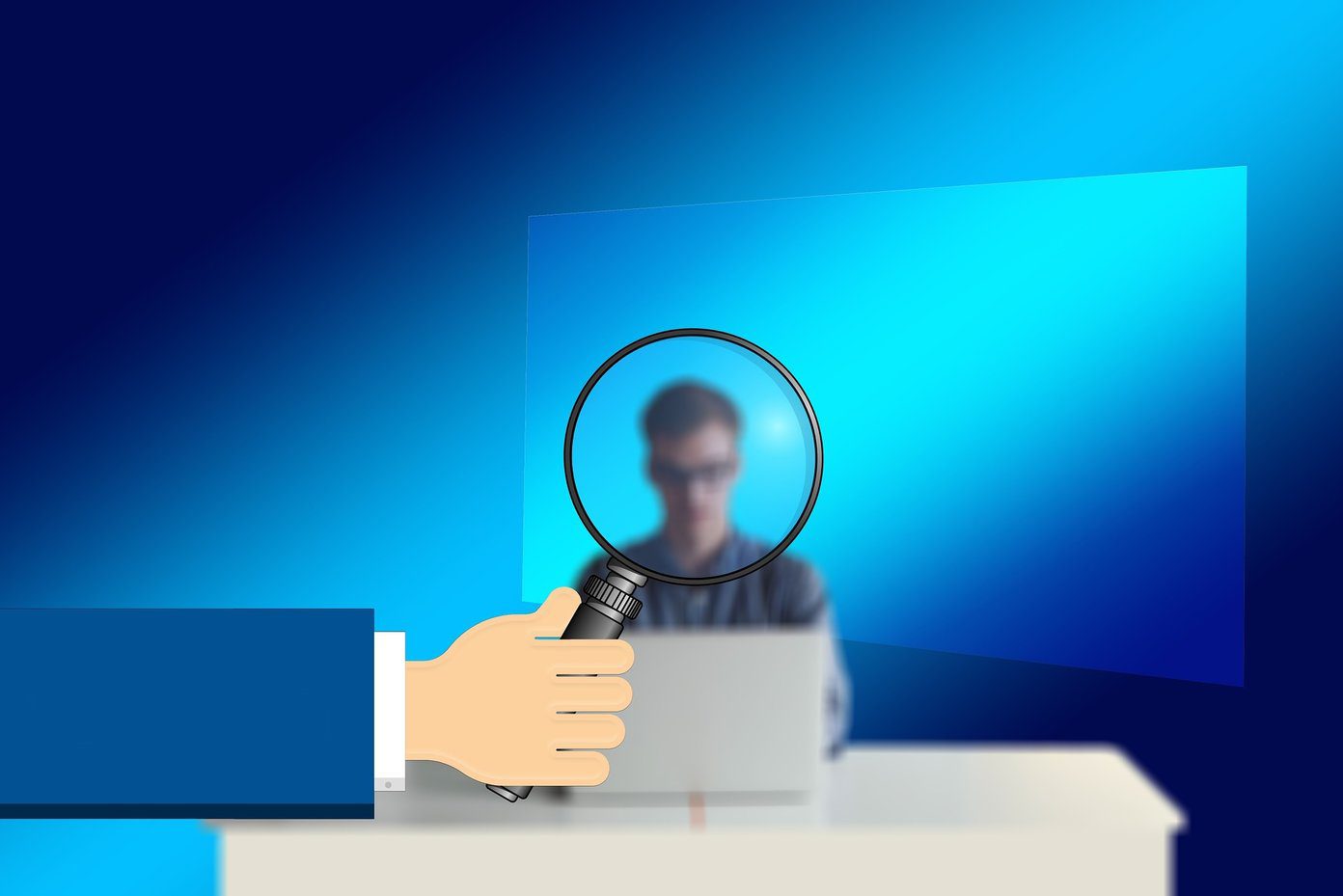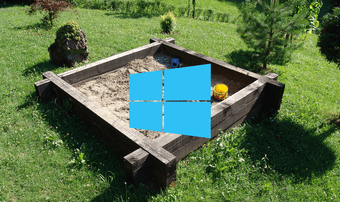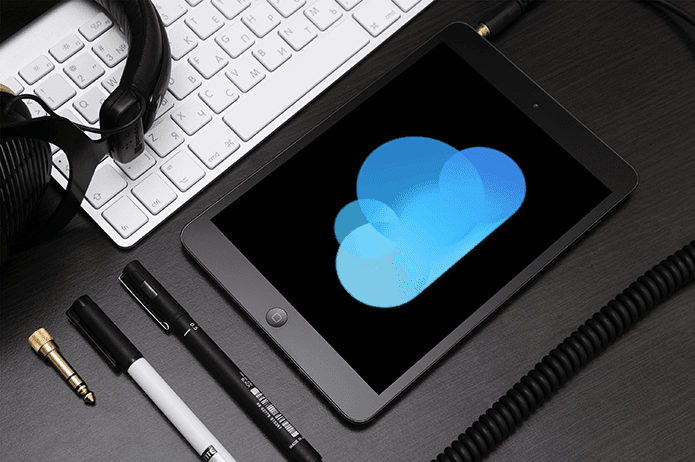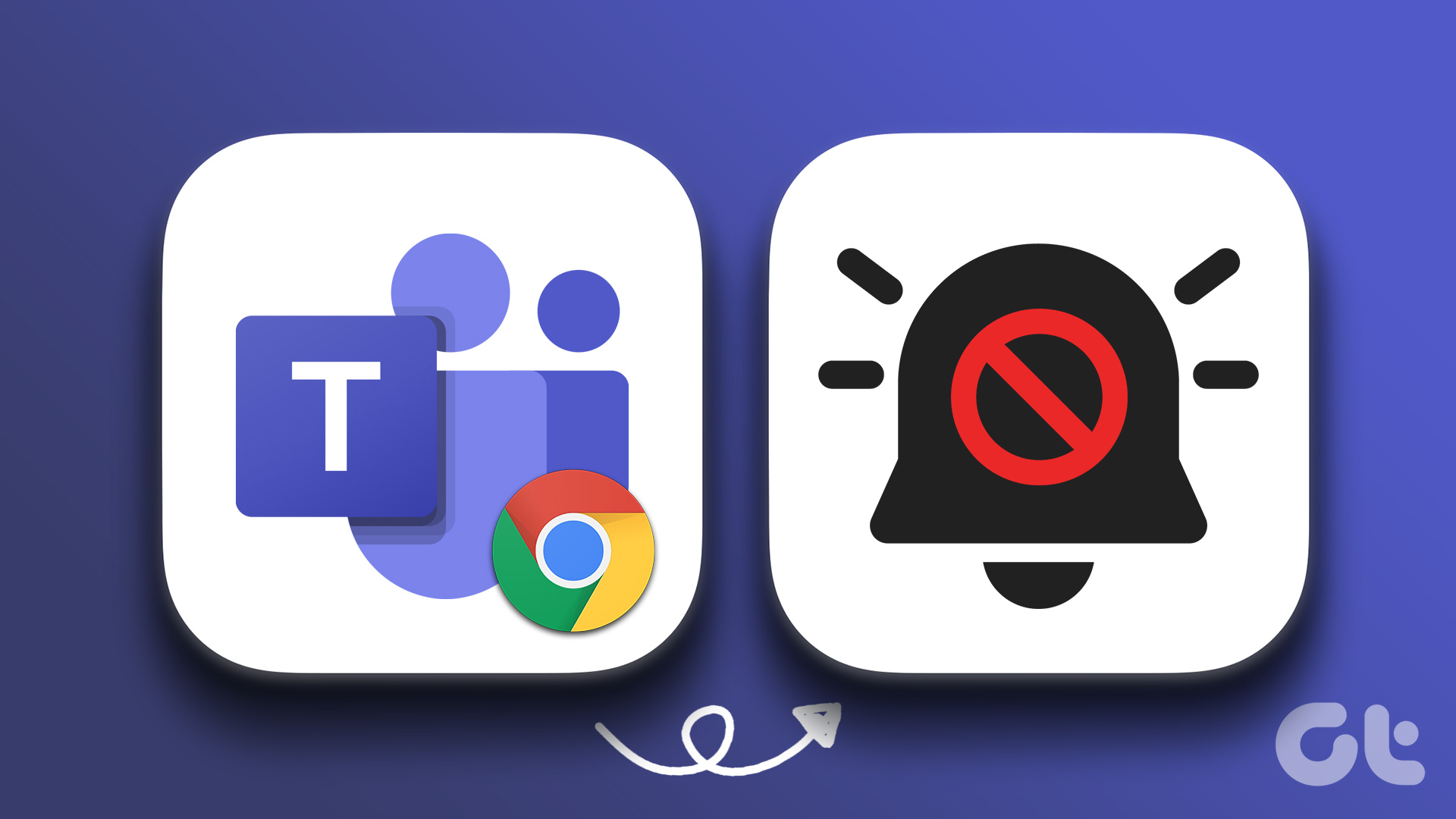The reasons behind that could be many, but the most obvious one is any recent software fidgeting with it. It’s quite possible that a malware is disrupting your computer — that’s the worst-case scenario. Don’t worry. Once the network adapter is back, you will be able to use the internet without any issue. But for that, you need to first solve the issue of network adapter. That’s what we will help you with. In this post, you will find 13 ways to fix the network adapter driver missing issue on Windows 10. Let’s check the solutions.
1. Restart Your PC
If there’s a magical cure in the world of technology, it is restarting the device. Reboot your Windows 10 device to check if the adapter is back in action.
2. Put Laptop in Sleep Mode
Some users have suggested that putting the laptop in the sleep mode by closing its lid for some time also solves the no network adapter issue.
3. Remove Power Cable
Another way to solve the issue is to go powerless for a while. That is turn off your PC and unplug the power cord from it. Wait for at least 10 seconds. Then re-plug the power cord and turn on the device.
4. Remove Battery
Removing the battery forces the motherboard of your laptop to soft reset its settings, thus solving any issues. If your laptop supports a removable battery, turn it off first. Then remove the battery cover and take the battery out for a few seconds. Insert it again and power on your laptop. Hopefully, the network adapter will be back.
5. Troubleshoot Network Issue
Windows 10 provides a competent troubleshooter that is known to fix various issues. Here we will take the help of the dedicated troubleshooter for network adapters. Follow these steps to initiate the troubleshooting process: Step 1: Open Settings from the Start Menu or press Windows key + I. Step 2: Click on Update & Security. Step 3: Select Troubleshoot from the left sidebar. Scroll down and click on Network Adapter followed by Run the troubleshooter. Follow the on-screen instructions to start the process.
6. Update Network Drive
If the network adapter is visible in the Device Manager, you can also try updating it. Sometimes, the issue is due to a bug in the driver version installed on your system. So, updating it can fix the network adapter missing issue. To fix it, follow these steps: Step 1: Right-click on the Start Menu icon and select Device Manager from it. Alternatively, press Windows key + R. Type devmgmt.msc and hit enter. Step 2: Click on the small down arrow present next to Network adapters. Right-click on your network adapter. It’s usually from Realtek/Broadcom or has wireless written next to it. Select Update driver. Complete the process and restart your computer.
7. Uninstall or Rollback Adapter
If updating the driver didn’t fix the issue, try rolling back to a previous version or uninstalling it. Start by rolling back. If you uninstall it, your system will install the driver automatically after a restart. To uninstall, follow the steps mentioned in enabling the driver. However, after right-clicking on the driver, choose Uninstall device. To roll back, click on Properties after right-clicking on the driver. Under Properties, go to the Driver tab and click on Roll Back Driver. Restart your system.
8. Enable Driver
Sometimes, the driver is disabled and that’s why you cannot connect to the internet. To fix it, you need to enable the driver. For that, open Device Manager as shown above. Then right-click on your network driver under Network adapters and select Enable driver.
9. Install Driver
In case the driver isn’t visible under Network adapters, you will find it under Other devices or Unknown devices. It will have a yellow icon next to it. Right-click on the driver and select Update driver from the list. Restart your device.
10. Show Hidden Drivers in Device Manager
If the network adapter doesn’t appear even after following the fixes mentioned above, it might be hidden. To make it visible, follow these steps: Step 1: Open Device Manager by right-clicking on the Start Menu icon. Step 2: In the Device Manager, click on the View option in the toolbar at the top and select Show hidden devices. Step 3: Click on the Action option and select Scan for hardware changes. Step 4: If the adapter appears listed under Unknown devices, update it.
11. Check Physical Network Buttons
Make sure airplane mode is turned off on your system. Also, check for a physical button for Wi-Fi, use it to enable Wi-Fi.
12. Disable VPN and Antivirus
If you use VPN on your computer, try disabling or uninstalling it for a while. Then restart your PC. Similarly, either disable the antivirus or check if an update is available. At times, even the antivirus requires a restart.
13. Reset Network Settings
Lastly, if nothing works, reset network settings. Doing that will revert all the network settings to their default values. Don’t worry, it will not hamper your data. To reset network, follow these steps: Step 1: Open Settings on your PC. Step 2: Click on Network and Internet. Step 3: Scroll down on the Status screen and click on Network reset. Step 4: Confirm your decision by clicking on Reset now.
Is Your Windows Updated?
We hope the above solutions would have brought back the network adapter on your PC. In case it persists, we would suggest you check Windows update service too. Sometimes, there is a mismatch between the network adapter and the current Windows version. Do look for an available update under Settings > Update and Security. Next up: Once the internet connectivity is back, track its speed with a speed monitor tool in the taskbar. Learn how to use the tool by adding it to the status bar of Windows 10. The above article may contain affiliate links which help support Guiding Tech. However, it does not affect our editorial integrity. The content remains unbiased and authentic.























